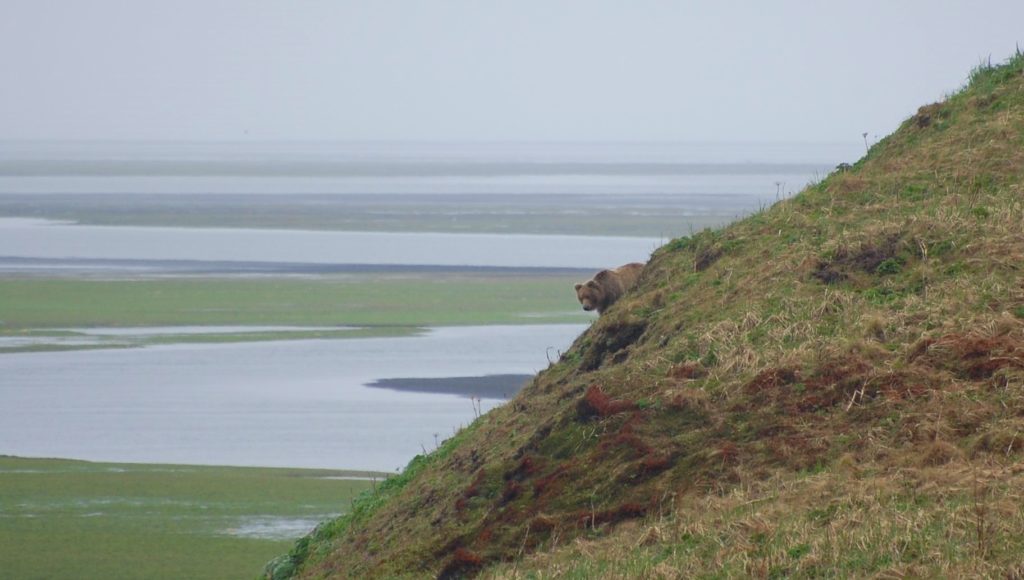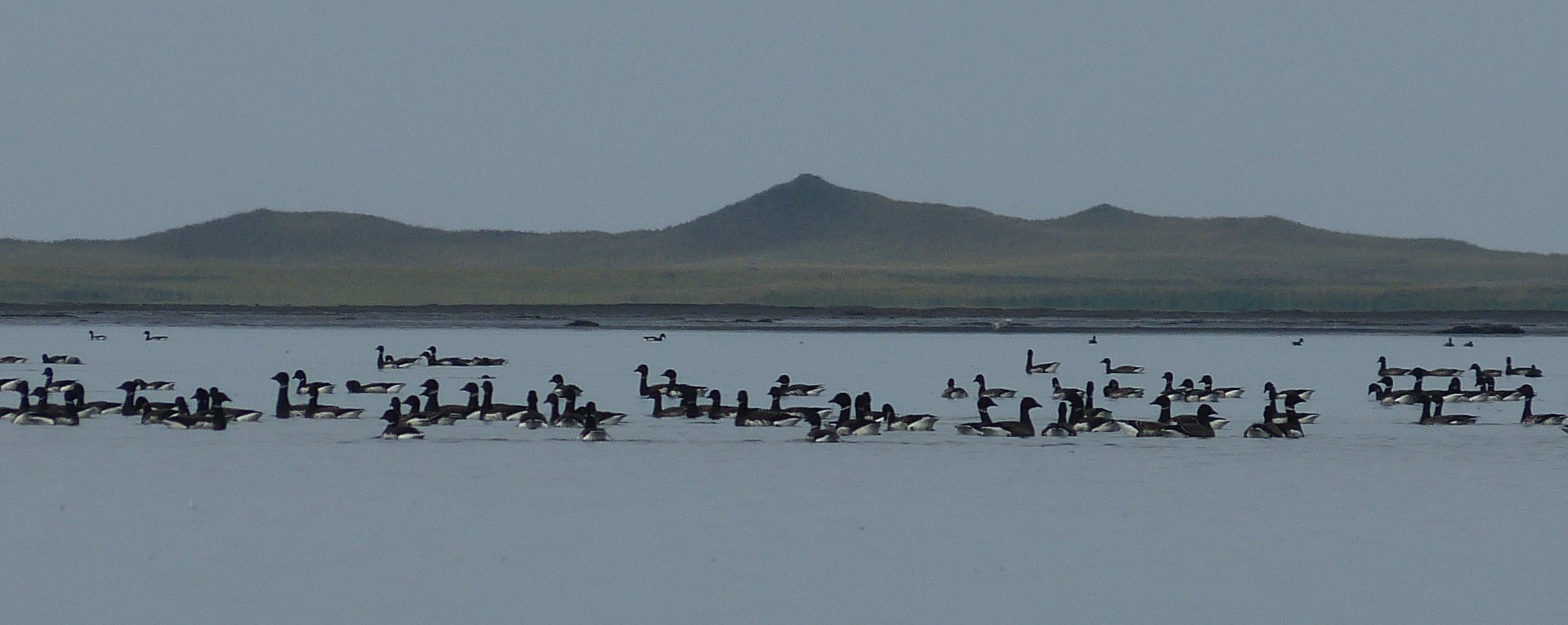by David Raskin, Friends Board President
Arctic Refuge
Trustees for Alaska and the Native Village of Venetie filed reply briefs in support of Department of Justice (DOJ) on February 17, 2023. DOJ had previously filed its opposition to the plaintiffs’ motion for summary judgment in the federal lawsuit by the Alaska Industrial Development and Export Authority (AIDEA) and the State that challenged the moratorium on oil and gas development in the Coastal Plain. Friends had intervened along with many conservation organizations and Tribal governments on behalf of the Biden administration. AIDEA and the State must file their reply brief by March 20. AIDEA also requested oral argument, which the court will likely schedule after their reply brief is submitted.
On February 8, 2023, the Fish and Wildlife Service (FWS) filed a Federal Register notice regarding the preparation of an Environmental Assessment (EA) for the December 2021 SF 299 application by Kaktovik Inupiat Corporation (KIC) for a winter right-of-way (ROW) across the tundra in a wilderness study area. The draft EA is scheduled for September 2023 followed by a public comment period. The permit will require compliance with the Marine Mammal Protection Act regarding potential impacts on polar bears and a full Environmental Impact Statement process may result in a requirement for an incidental take permit, which could become a major problem for the ROW application. It should be noted that the request for a winter right-of-way across the Refuge may have implications for Alaska National Interest Lands Conservation Act (ANILCA) and the Izembek road controversy.
A draft report on the Kaktovik claim of historical vehicle use for subsistence activities in the Arctic Refuge tundra, including wilderness study areas, is still under review. Under the solicitor’s opinion in the previous administration, the Refuge is open to motorized vehicles, but there has been little activity to date.
Izembek Refuge
On December 13, 2022, the Ninth Circuit Court of Appeals heard oral arguments in its en banc review of the DOJ and State appeal of our second successful lawsuit that had stopped the illegal land transfer for the proposed Izembek road. The decision to rehear the case en banc nullified the disastrous panel decision and began the road proponents appeal anew. The panel, a majority appointed by Trump, could issue a decision as early as this month. The Izembek coalition is working at all levels of the administration and Congress to convince Secretary Haaland to withdraw the illegal land exchange before Ninth Circuit issues a decision. That is the only way to immediately put an end to the threats to Izembek National Wildlife Refuge and up to 150 million acres of federal conservation lands currently protected by ANILCA.
Kenai Refuge
The Supreme Court on March 6, 2023, denied the State of Alaska’s writ of certiorari that sought a review of the Ninth Circuit’s decision that upheld the District Court decision that supported FWS hunting regulations. This is a great win for the Kenai Refuge, its wildlife, and all who worked so hard to help this happen.
We also received the wonderful news that FWS withdrew the June 11, 2020, Trump administration proposed rule to amend the refuge-specific regulations for Kenai Refuge. Based on the extensive public comments that Friends helped to organize, FWS reviewed the new information provided and determined that the best course of action was withdrawing the proposed rule.
Yukon Flats National Wildlife Refuge
We have heard nothing further on the results of Hilcorp’s shallow exploration on Doyon Corporation inholdings in the Yukon Flats Refuge. There is great concern that this may lead to oil and gas development that could negatively impact the world-class wildlife and fisheries and subsistence resources in the Refuge.


 .
.